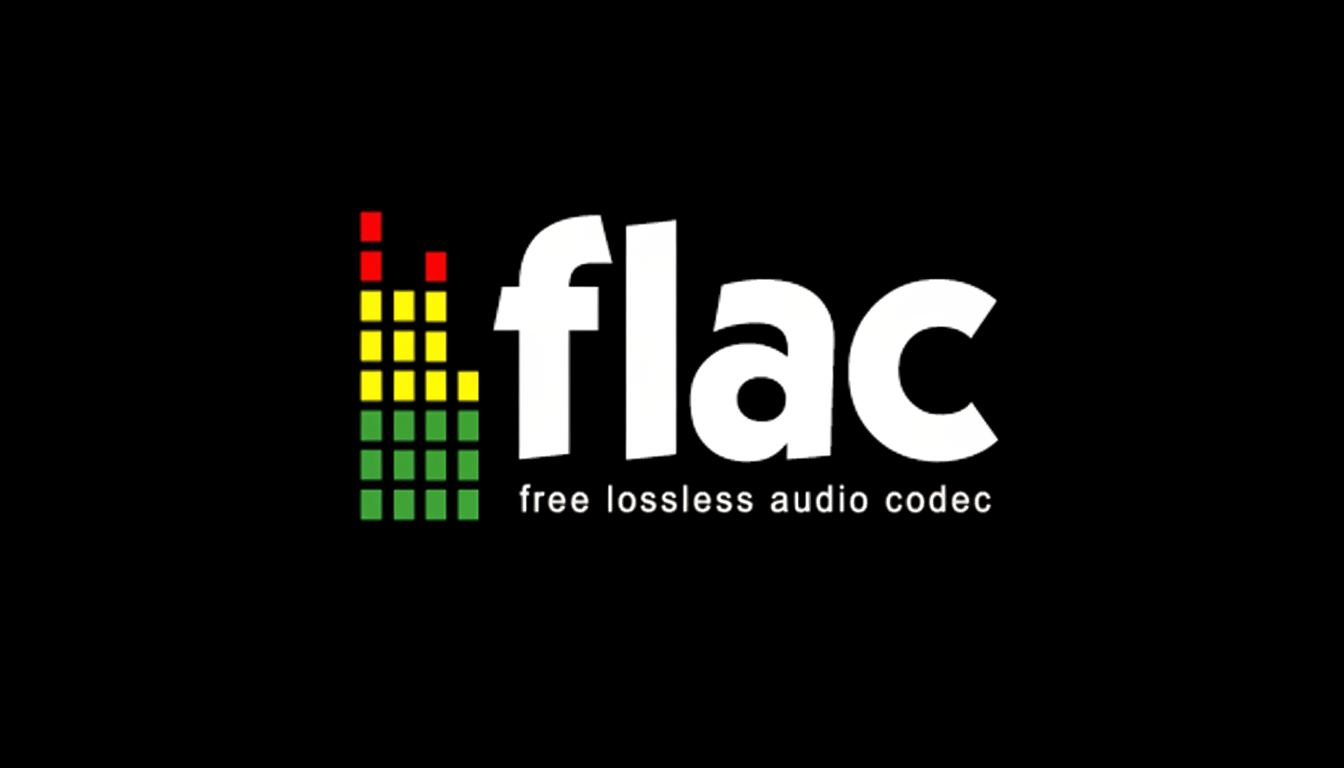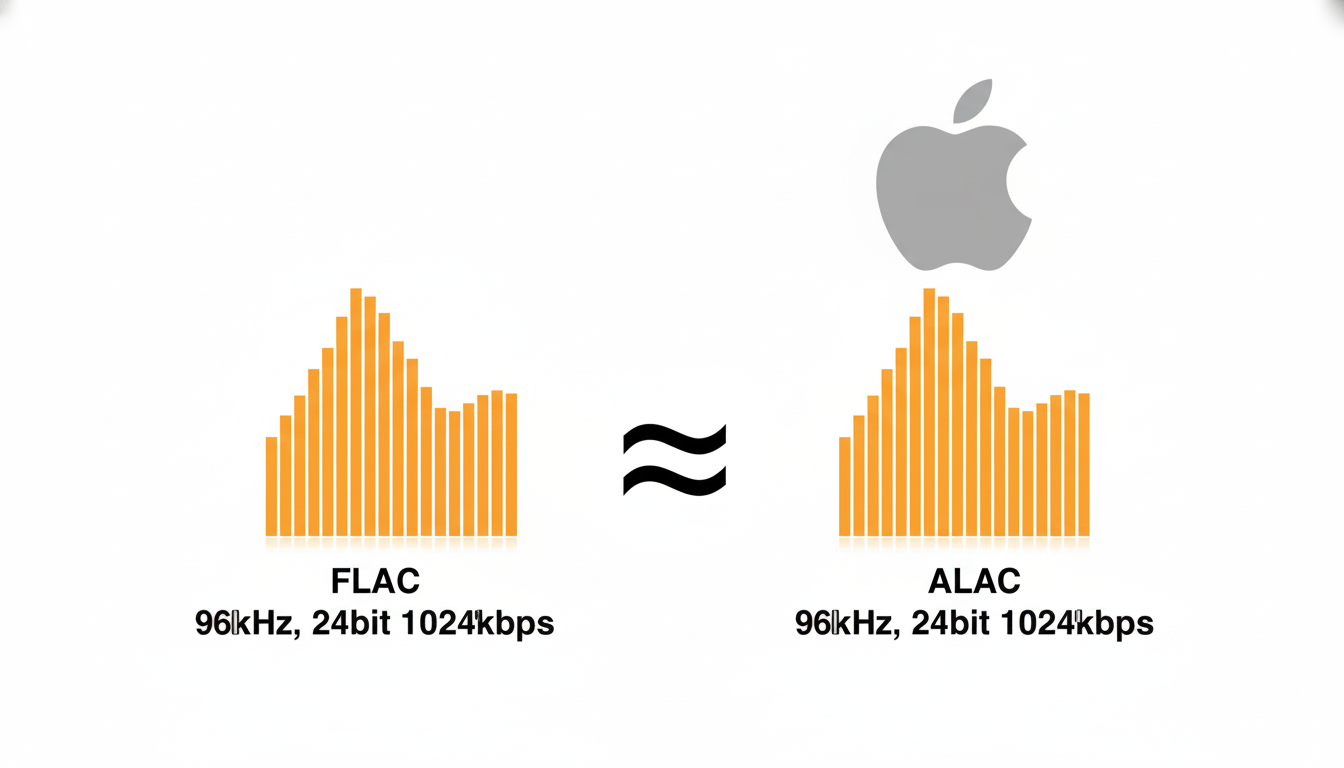After months of promises, Spotify finally delivers on its lossless audio, and it’s part of the standard Premium tier. The company is adding FLAC streams up to 24-bit/44.1 kHz, taking bit-perfect playback to a service known for its discovery and playlists rather than audiophile specs. It’s being released first in key markets namely the U.S., the U.K., Germany, Japan, Australia and more ahead of a global release.
Most important, there’s no new HD upsell. After years of teasing a premium HiFi plan, Spotify has instead chosen to bundle lossless into its existing subscription. For a sequel that’s a price-to-quality win that’s rare in streaming for subscribers.

What’s new: true lossless on FLAC
Lossless audio retains everything from the original master in its musical experience within the sample rate and bit depth specifications. Spotify will employ FLAC, a commonly used format that compresses without discarding data, unlike the service’s current Ogg Vorbis streams.
The spec maxes out at 24-bit/44.1 kHz. That’s the same sampling rate as a CD but with a greater bit depth, capable of capturing more dynamic range from well-mastered content. It’s not the “hi-res” ceiling a few rivals tout, but a significant advancement over 320 kbps lossy files that should wipe out most of the artifacts of compression.
Spotify claims the feature was designed to prioritize “quality, clarity, and ease of use,” with indicators that let you know when you’re listening in lossless. The company wrote a blog post detailing the rollout and experience, and labeled it a considerable upgrade to the Premium experience.
How to turn it on in the app
To turn on lossless, open Spotify, tap your profile icon, and go to Settings & Privacy → Media Quality. For Wi‑Fi, cellular and downloads you can switch lossless on separately.
You’ll also have larger files and consume more data. A one-off, three-minute track in 24-bit FLAC may be several times larger than the equivalent stream in standard quality. If you have a capped cellular plan, you might want to enable lossless only on Wi‑Fi and for downloads.
Hardware matters: wired only, for now
Spotify’s lossless streams currently work only with wired headphones or speakers. That restriction is intersecting with the reality of the Bluetooth world we live in today: the vast majority of wireless codecs, however fancy they might be, are applying compression. Solutions like aptX Lossless also don’t work on all phones and headphones yet, or at least compatibility is still hit-or-miss.
If you want the full benefit, you should use a wired connection and, if possible, a good digital-to-analog converter (DAC). Many current phones demand a USB‑C dongle DAC; laptops and desktops may offer decent outputs stock, but audiophile-quality dongles and amps can show you the next level of detail with high-impedance or sensitive headphones.

How it stacks up against the competition
Competing services like Apple Music, Amazon Music and Tidal already offer lossless catalogs, with some tracks available at even higher resolution, like 24-bit/192 kHz. Spotify closes the window tighter, allowing up to 24-bit/44.1 kHz, but Spotify and Apple Music both take advantage of the bandwidth and storage that ultra-high sample rates offer to play their masters back bit-perfect.
In blind tests published by the Audio Engineering Society, many listeners find it hard to consistently tell high‑bitrate lossy from lossless, and the difference between “lossless” and “hi‑res” is even more elusive. The larger real-world issue is quality. When containing the same master, lossless means one less layer of MP3 artifacts, one more layer of transients and stereo imaging—audible gains on resolving gear.
Spotify’s competitive move is to bundle lossless into the plan most people already have, not gate it behind some separate, niche-tier tamp. Paired with its recommendation engine and community features, the change is aimed at ensuring its most dedicated listeners don’t drift to services that are better known for their audiophile credentials.
Why it’s important for both Spotify and listeners
Productwise, lossless mandates alignment across catalogs and encoding pipelines and device capabilities — hence it probably taking some time to mature into a production scale feature. Labels need to provide good masters, the service must house and serve heavier files, and the app requires explicit controls so users know what they’re getting for their data.
For the industry, it makes lossless the baseline for paid streaming. The IFPI’s reporting reinforces that subscription streaming accounts for the vast majority of recorded music revenue; tacking lossless on top of a base plan helps rationalize the subscription while reducing fragmentation across tiers.
For listeners, the trick is simple: do you have a great pair of wired headphones or speakers? Plug it in and download a few cherished albums and let them play. And if the rest of your rig is wireless, you’ll still make improvements in your masters and source quality, even if Bluetooth remains the bottleneck.Kind of, right?At least until wider ado has been made regarding true lossless over the air.
Spotify says the rollout is gradual and that it will reach Premium subscribers in dozens of countries over the next few weeks. Once it’s in your app, Lossless is a couple taps away — no new plan, no new price, just a meaningfully cleaner signal.

